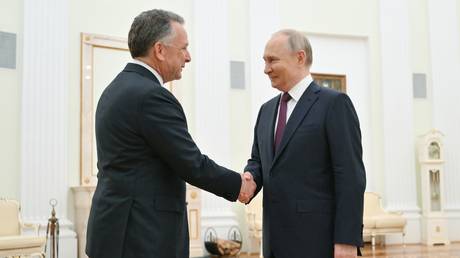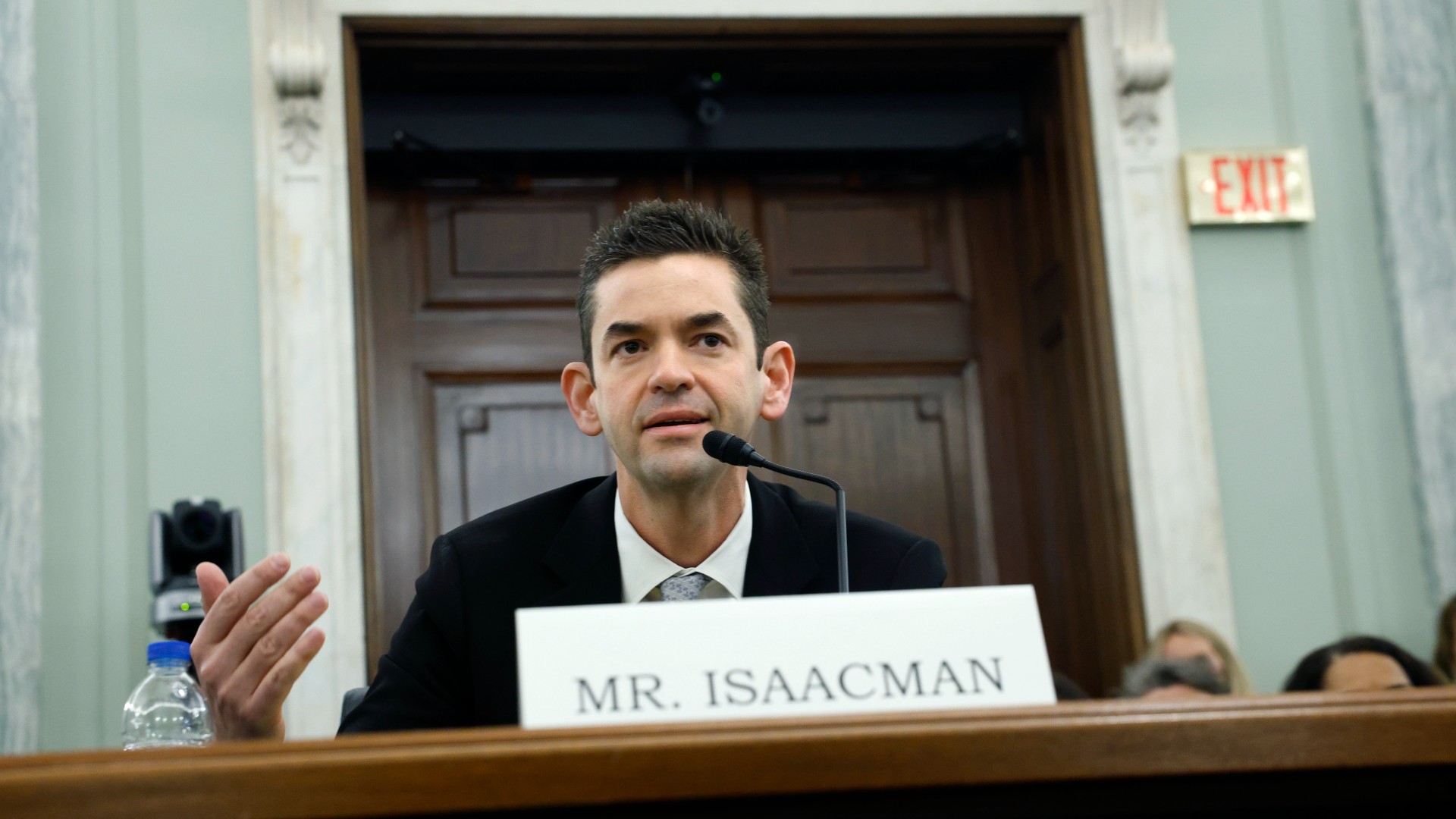Trump's federal return-to-office orders are massively backfiring
President Trump's blanket return-to-office mandate has caused chaos and frustration among federal employees and a potential mass exodus of experienced female professionals.

Chaos, frustration, and a deep sense of unease have swept through countless federal offices ever since President Trump announced a blanket return-to-office mandate.
For many employees, it feels like an unexpected reversal of the remote work system they had come to rely on. Where some officials once found autonomy, focus and family balance, they now encounter daily commutes, cramped workspaces and a scramble for the most basic supplies. Many speak of sitting in offices with shaky internet while logging in to the same virtual meetings they previously attended from home.
The order was intended to unify and boost productivity, yet numerous accounts from federal workers reveal a very different story.
The Department of Veterans Affairs, one of the largest and most critical service agencies in the federal system, has found itself at the epicenter of the turmoil unleashed by the recent government-wide return-to-office mandates. More than twenty House Democrats recently raised alarm bells, warning that the mandate threatens not only the mental health of VA employees but also the quality of care delivered to veterans.
These concerns stem from the abrupt shift away from remote work, a system that had, until recently, enabled a broad and efficient workforce to deliver services across the country—often from remote locations with limited physical infrastructure.
The sudden transition has been anything but smooth. At some VA facilities, employees report being crammed into inadequate workspaces, including makeshift offices in converted showers, and crowded open-floor plans that threaten both professionalism and privacy.
These are not isolated anecdotes but rather symptoms of a broader dysfunction. Mental health counselors who once led private, secure telehealth sessions now scramble to maintain confidentiality behind thin cubicle dividers while coworkers conduct noisy calls nearby.
For a system built on trust, this erosion of professional standards isn’t just demoralizing — it directly affects veterans' access to care.
What’s more, thousands of these employees were hired with the understanding that their roles were remote by design. Forcing them into physical offices not only disregards operational efficiency but also threatens the continuity of care in such essential services as trauma counseling, case management, and behavioral health. As lawmakers push for exemptions and reexaminations of the blanket policy, one truth is becoming increasingly evident: A rigid one-size-fits-all approach is undercutting the very mission it aims to uphold.
The Veterans Health Administration isn’t alone in facing operational gridlock. The American College of Radiology has voiced grave concerns about the impact of the mandate on the VA’s National Teleradiology Program, which processes more than 1.5 million imaging exams annually. These radiologists, previously functioning with precision and speed from decentralized locations, are now being asked to work from centralized offices—an adjustment that experts warn will bog down turnaround times and, ultimately, delay diagnosis and treatment for veterans.
But even beyond medical services, the mandate has exposed severe infrastructure shortfalls across multiple agencies. At the IRS, for example, a federal spending cap of just $1 per purchase has led to startling shortages of basic office necessities, from soap to paper towels.
At the Department of Agriculture, the chaos manifests in IT bottlenecks and wireless network failures as staffers struggle with unfamiliar on-site systems. In one case, employees hired for fully remote positions now find themselves conducting private meetings from parked cars outside agency buildings due to inadequate workspace. Ironically, many are still using Microsoft Teams and other virtual tools — only now with more stress, less efficiency, and significantly higher overhead.
Nowhere are the consequences of these mandates more profound than in the lives of working mothers, especially those without a co-parent to share the burden. One long-tenured federal employee, a single mother, was compelled to resign after receiving a non-negotiable return-to-office directive. Her story is a stark example of the impossible choices many women face in this new landscape: continue earning a living or be there for your child.
For her, remote work wasn’t a luxury—it was a lifeline that allowed her to keep a career while being a present and dependable parent. Losing that balance meant losing the job altogether. Another mother, employed by the Department of Homeland Security, managed to remain in her role but only after scrambling to secure daycare at $1,600 per month — a cost that now strains her family budget to the breaking point.
The broader implications are alarming. According to the Institute for Women’s Policy Research, 60 percent of women say job flexibility is a deciding factor in accepting employment. That figure becomes even more telling when considering that women are either the sole or co-breadwinners in more than half of American families.
Federal data already shows that women account for just 45 percent of the government workforce, trailing the private sector's 58 percent. If the current trend continues, the federal government could see a mass exodus of experienced female professionals, setting back years of progress in gender equality.
At least some agencies are paying attention. The FDA recently reversed course, telling drug, vaccine, device, biotech, and tobacco reviewers that they may telework up to two days a week — a concession outlined in an internal email and confirmed by multiple employees. The retreat follows a turbulent overhaul of the agency’s workforce under the Trump administration: roughly 3,400 employees — about 15 percent of the FDA — were laid off or pushed out, wiping out entire policy, communications, and inspection‑support offices and sparking further resignations that threatened critical tasks such as approving new medicines.
Reviewers returning in March encountered overflowing parking lots, cramped offices, and missing supplies, underscoring how the FDA has long relied on remote‑work flexibility to compete with industry salaries. A spokeswoman for Health Secretary Robert F. Kennedy Jr. said the agency is merely restoring “pre‑COVID telework arrangements,” noting that reviewer output is tracked in 15‑minute increments to assure productivity. But staff say the rapid back‑and‑forth has compounded morale problems, prompting more departures and raising alarms about the agency’s ability to meet user‑fee performance goals and negotiate the next round of industry funding.
Let’s hope more agencies start paying attention to the desired outcomes of government policies, rather than simply eliminating remote work for the sake of ideological outcomes and hostility to public servants.
At a time when trust in government is already fragile, this crisis of workplace policy risks compounding institutional weaknesses. The future of federal work doesn’t need to mirror the past. It demands creativity, empathy, and a willingness to embrace what the last few years have taught us.
Flexible work isn’t a threat to productivity — it is a pathway to sustaining it.
Gleb Tsipursky, PhD, serves as the CEO of the hybrid work consultancy Disaster Avoidance Experts and authored the best-seller "Returning to the Office and Leading Hybrid and Remote Teams."














































































